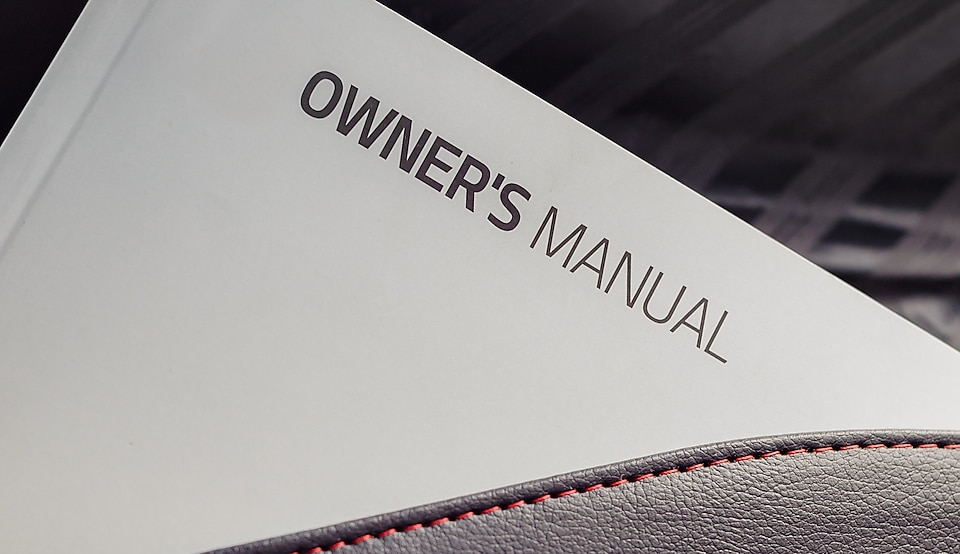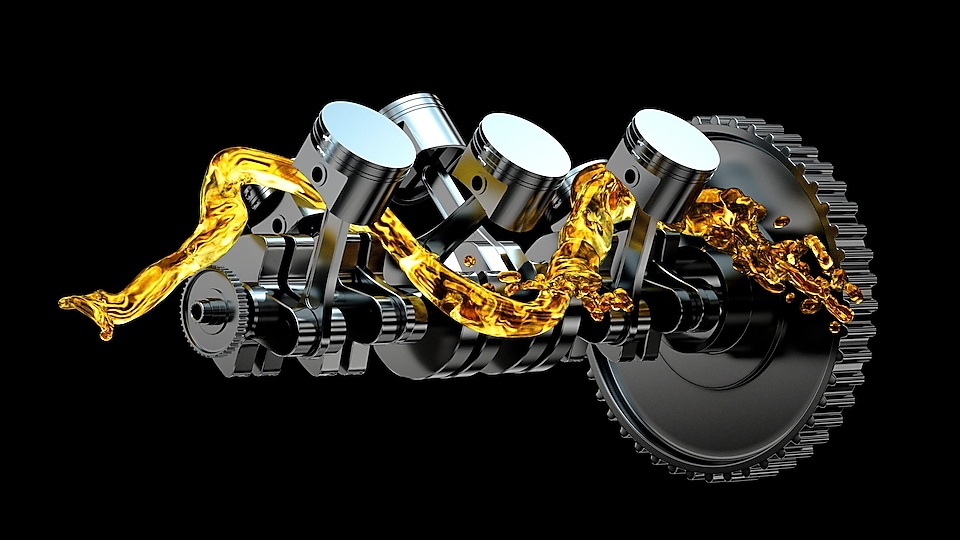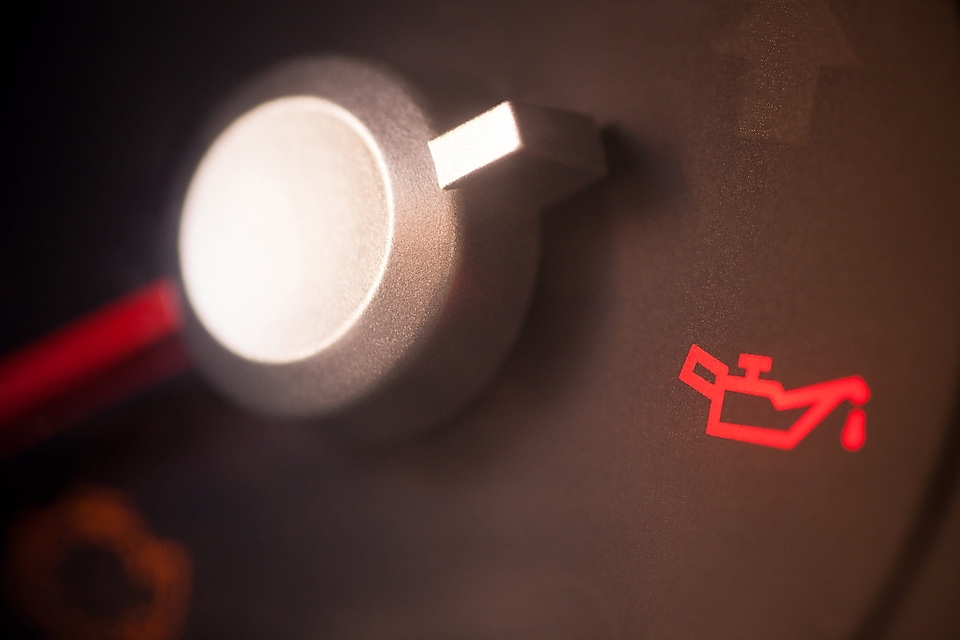
What Happens if you Skip an Oil Change?
There are many components of your car, truck or SUV which require routine maintenance – the brakes, battery and hoses are just a few items that need attention. Without proper maintenance, they can all cause problems for the operation of your vehicle down the road. One item that should never be overlooked and is among one of the easiest to maintain on a regular schedule is changing your motor oil. Knowing when to change your motor oil is very important, because skipping a motor oil change or extending the drain interval thousands of miles past the recommended oil drain interval can have serious consequences for your vehicle’s engine, especially if this is repeated often.
Determining the interval for changing your motor oil is easy! While many motorists think that motor oil companies set oil drain intervals, this is not the case. OEMs and their engineers know their engine better than anyone else, thus their oil drain intervals are derived from research and development, to which motor oils then support with their particular OEM approved products, like Pennzoil. Every vehicle manufacturer has a recommended number of miles or time interval listed within the vehicle’s owner manual, so you can know exactly how often to change the motor oil. Changing your motor oil has become less frequent as engine technology has become more advanced and the use of synthetic motor oils are able to better protect engines and allow for longer oil drain intervals; with some oil drain intervals are now as high as 20,000 miles or a year between changes for some newer vehicles.

image of owner's manual
Changing the motor oil at the correct drain interval is important for many reasons. A key component of motor oil is the additives within, as they are designed to clean and protect key engine components. Over time, heat, contaminants and byproducts of combustion will deplete these protective additives, reducing the effectiveness of the motor oil. The breakdown of motor oil additives can result in a number of problems, including build-up of engine deposits, sludge, engine corrosion, wear and reduction in engine efficiency due to motor oil thickening.
High-quality motor oils that meet the American Petroleum Institute (API) SP and International Lubricant Specification Advisory Committee (ILSAC) GF-6A or GF-6B specifications are designed to provide the same level of engine protection across the entire oil drain interval, when following manufacturer recommendations. Pennzoil Full Synthetic motor oils are formulated to exceed those specifications and withstand severe temperature conditions to protect it from engine wear, keep engines running clean and prevent horsepower loss. Pennzoil Full Synthetic motor oils are made with natural gas, which means the base oil is 99.5% free of impurities and provides your vehicle’s engine the protection that it needs.

image of oil with camshaft
However, when any motor oil is left in an engine too long, the additives will break down. The motor oil loses its ability to protect the engine, creating more sludge in the engine which can make the motor oil thicker than it is designed to be. Thicker motor oil can take longer to flow through the engine upon startup, which can delay engine parts from receiving the motor oil quickly, leading to unnecessary wear. This also causes the engine to operate less efficiently, meaning the oil pump and pistons must work harder. All of these things can shorten the life of your engine, potentially leading to a loss of horsepower and efficiency, which cannot be recovered.
Lost engine efficiency can also mean the loss of fuel economy, which will cost you more money at the fuel pump. Engines that operate at optimal efficiency and burn less fuel.
Low Oil Level
It is important to check the motor oil level often. If you are overextending or skipping a motor oil change, there is a good chance your motor oil level is lower, which can cause some serious problems for your engine. Engines are designed to use and consume some motor oil during operation to properly lubricate the critical components such as valves, pistons and oil rings. An engine that operates with a loss of a quart of motor oil or more will not have enough lubricant to operate at an optimum efficiency. Low motor oil level can also lead to oil starvation in some parts of the engine and increased aeration or air trapped in the motor oil, which may cause micro pitting and wear at high load areas of the engine.

image of low oil light
Severe vs. Normal Driving
Another aspect to consider is how your driving style can affect your motor oil. Severe driving conditions can cause more wear on an engine and needs to be considered when determining how often to change your motor oil. Severe driving conditions include towing or hauling loads, driving in dusty or dirty conditions and irregular usage or short trips.
Frequent short trips to the grocery store or to pick up the kids from school are also considered severe driving due to the engine often not properly warming up and burning off any moisture or contaminants within. This is even more pronounced in colder weather because it will take longer to heat up the engine and longer to burn off the build-up of contaminants like water and fuel that may have been trapped in the motor oil from previous use. These contaminants are the major cause of motor oil breakdown if left in the motor oil for too long.
Changing your motor oil at the appropriate recommended drain interval is the easiest and most cost-effective measure against motor oil related engine damage. Doing so removes the contaminants and sludge that have accumulated and replenishes the engine with new protection from the newly changed oil and filter. According to Pennzoil Scientist and Technology Specialist, Sean Nguyen, it is recommended that you change your oil about 15% earlier than listed by your vehicle manufacturer (or your vehicle’s oil change reminder) if you drive in severe conditions or if you plan to keep your vehicle for years to come and have it perform when you need it.

Pennzoil Ultra Platinum® Full Synthetic Motor Oil and Pennzoil Platinum® Full Synthetic Motor Oil provide the protection your vehicle’s engine needs. They keep pistons cleaner1, provide better fuel economy2, protect horsepower and provide unsurpassed engine wear protection3. In addition, Pennzoil Platinum motor oil helps extend the life of your engine and protects it up to 15 years or 500,000 miles, whichever comes first – guaranteed4.
Changing your motor oil is an important part of protecting your vehicle. Local repair shops, quick lube locations and car dealerships often place a sticker on your windshield to remind you when the next motor oil change is recommended for your vehicle. If changing your own motor oil, be sure to record the mileage and note when it should be changed again.
1 Based on Sequence IIIH results. Does not apply to Pennzoil Platinum® Euro motor oil.
2 Based on the latest industry standard.
3 Based on Sequence IVA wear test using SAE 5W-30.
4 15 years or 500,000 miles whichever comes first, guaranteed, if you exclusively use Pennzoil Platinum® Full Synthetic motor oils. Your engine must have less than 125,000 miles and have been manufactured in the past 72 months. To maintain your warranty, change your vehicle’s oil and oil filter at least as often as recommended by the vehicle manufacturer. Enrollment required. Keep your receipts. Other conditions apply. Visit Pennzoil.com/warranty for full details.

